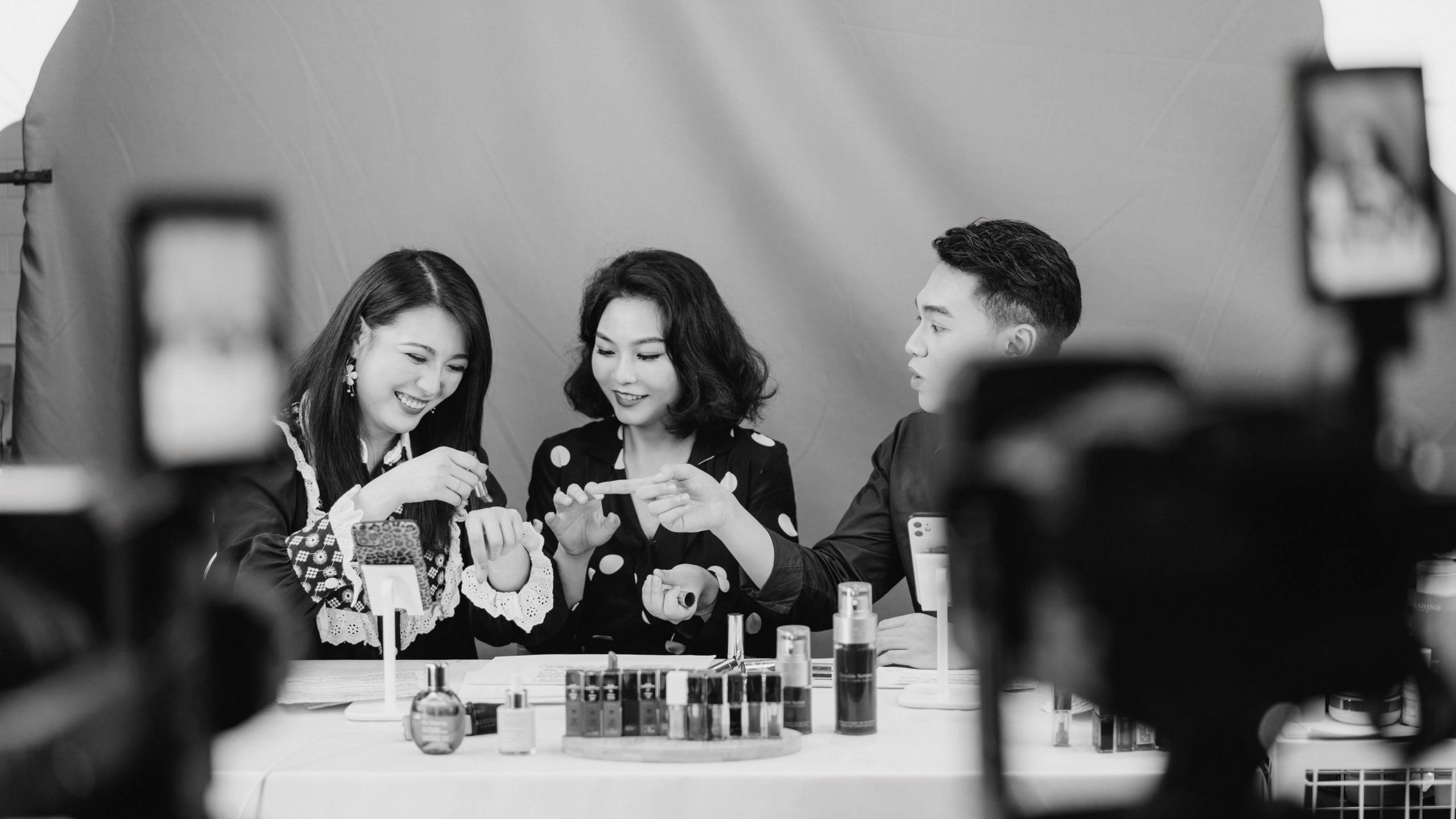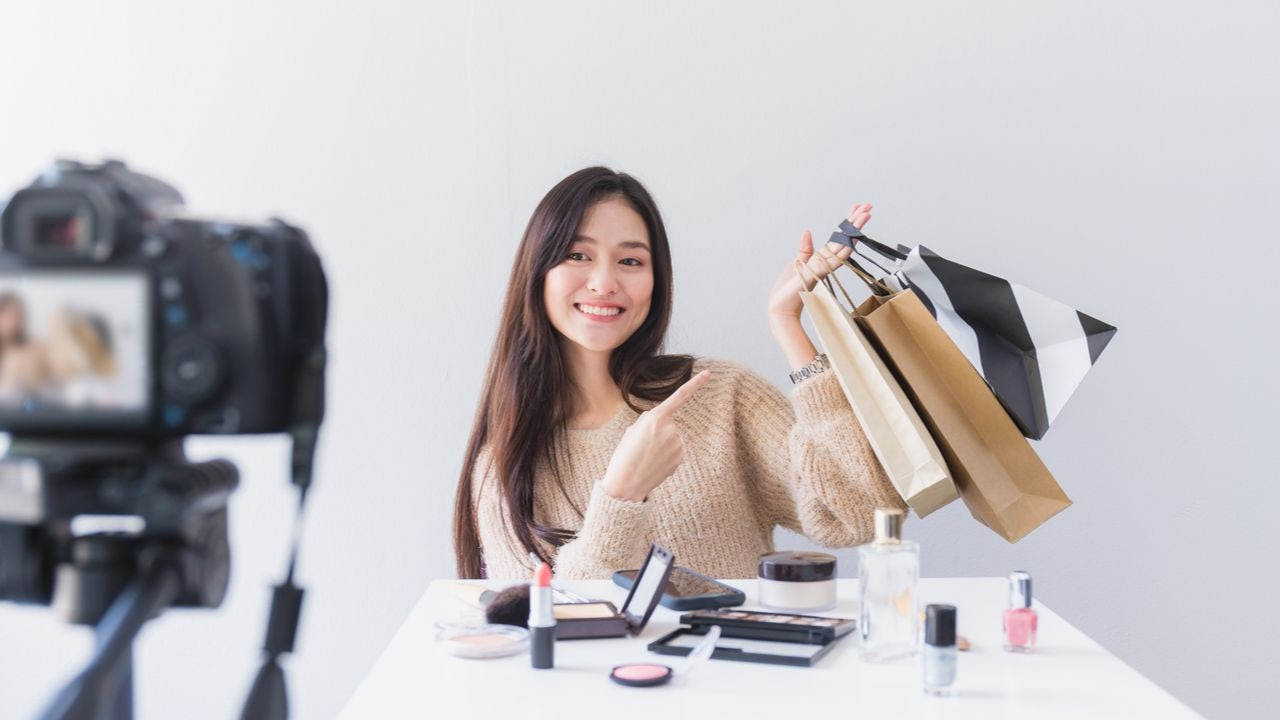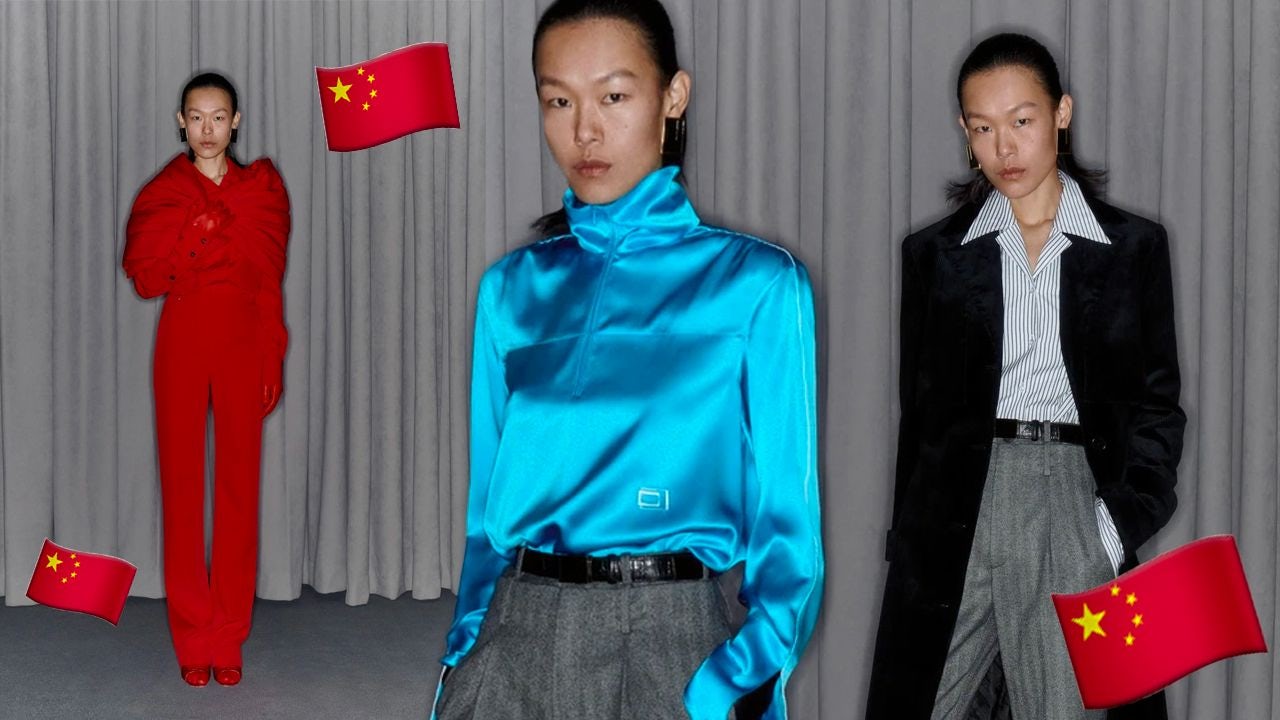Key Takeaways:#
In China, yearly budgets have grown to around 100,000 on the low end and over 1,000,000 on the high end.
Brands must know how to navigate thousands of domestic social media platforms. WeChat remains the most important one, but the digital landscape now hosts a bevy of domestic players.
Instead of the influencer and KOL marketing campaigns of the past, brands will transition to more authentic marketing strategies in 2021 by choosing to associate with community influencers.
China and the US are recognized as marketing powerhouses and are known for designing some of the most successful brand development campaigns and marketing strategies. They are also famous for scandalously expensive advertisements. (Pepsi, for instance, spent 7.3 million on a 90-second commercial during the 2002 Super Bowl.)
China, in particular, has become a complex and expensive market, where consumers expect nothing less than ground-breaking digital ads and the freshest content. Needless to say, that doesn’t come cheap. “In China, yearly budgets are typically around 100,000 on the low end and over 1,000,000 on the high end, which can cover full digital scopes including SEM, PR, Website, Social, and Media,” says Marketing to China. Holiday promotions aren’t a bargain either, ranging between 10,000 and 40,000.
Additionally, brands operating in the Middle Kingdom need to know how to navigate thousands of domestic social media platforms. While WeChat remains the largest social media site, the Chinese digital landscape is being populated by various domestic players. Therefore, building the best digital advertising solution is not a simple task. With that said, let’s take a look at marketing trends in China.
A new approach to brand advocacy#
Instead of influencer marketing and partnerships with celebrities and KOLs that have massive followings, we believe brands will transition to a more authentic marketing strategy by choosing to associate with community influencers.
Considering that celebrity endorsements and testimonials are expensive and come with high risks, it is not surprising that brands are turning toward micro-influencers. Unlike KOLs, these social influencers are more reliable and easily coachable.
Alternatively, big-name celebrities are unpredictable. Take the Sharon Stone-Christian Dior scandal, for example. In 2008, an earthquake took the life of 68,000 people in China. After the event, the American actress commented that the tragedy happened because of “bad karma” from Beijing’s occupation of Tibet. What followed was an unprecedented PR disaster for Dior. Ms. Stone became the “public enemy of all mankind,” according to the national Chinese news outlet, and Dior had to overcome a serious threat to its reputation.
In a more recent case, Prada had to crush its own public relations nightmare and justify the actions of its latest ambassador, actress Zheng Shuang, who was accused of abandoning her two children created through a surrogate. The ongoing scandal killed Shuang’s career and dragged down all the luxury brands that sponsored her. By the time Prada cut ties with her, the Italian brand was already caught in the crossfire.
It’s no wonder marketers are moving away from big-name celebrities when similar scandals have the potential to kill a carefully curated brand strategy and drive customer loyalty down.
Brand activism but not the “woke” Western prototype#
These days, it has become increasingly difficult not to stand for social issues, which is why big companies are jumping on the CSR bandwagon and getting “woke.” But that mostly happened in the West, since corporate activism initiatives look very different in China.
“The maths is more difficult where China is concerned,” says Katrina Hamlin, a columnist at Reuters. “Brands don’t want to alienate the huge market or anger a government that isn’t afraid to meddle in business. Even Nike has opted to avoid any controversy. Earlier this year, it abruptly abandoned plans to sell a limited-edition design in China — where it earned 14 percent of revenue last year — after its collaborator showed support for the Hong Kong protesters on social media.”
Starbucks is another American brand caught in the crossfire. The community-focused multinational chain has been rejected by Hong Kongers because of its association with Maxim, and a pro-Hong Kong police stand taken by Annie Wu, who is the daughter of the Maxim Group's founder.
In China, playing the activism card is a tricky business. Global brands are expected to stand for social justice, but they need to do so without shaking up China’s status quo.
The era of conversational marketing#
Chinese shoppers want brands to speak to them. But they don’t want these two-way communications to be restricted by time (working hours) or space considerations.
Consumers expect fast, personalized, and reliable replies to their inquiries. However, when we interact with retailers, most of us have to bend over backward just to overcome the challenges of complex support ticket systems to get a reply from a customer representative.
Smart brands understand the importance of timely communication, so they are employing conversational marketing techniques. Burberry, for example, has created a direct messaging platform known as R Message, which is used by in-store staff to stay in contact with VIP clients. Meanwhile, other brands like Coach are using WeChat features to communicate directly with their customers.
Unleashing the power of livestreaming#
After a challenging 2020, consumers want to be entertained. They want lively and amusing content, and livestreaming sessions provide that engaging escape from reality. By breaking the mold on traditional sales techniques, livestreamers are winning the marketing and sales game.
As such, we foresee that 2021 will be the year that luxury brands will unleash the power of livestreaming. More brands will create social livestreaming sessions as a way to promote their products and provide live updates on their collections.


